Red Dawn Full Moon Japanese Maple
Acer x ‘Red Dawn’
Plant Details
USDA Plant Hardiness Zones: 5a-9b in cool or mild summer climates; 5a-8b in hot summer climates Find Your Zone
Height at Maturity: 15-20′
Width at Maturity: 14-16′
Growth Habit / Form: Upright, Rounded, Vase
Growth Rate: Moderate to Fast; 12-18″ per year
Foliage Color in Spring: Purple-Red with Lavender tones
Foliage Color in Summer: Olive Green with Purple undertones
Foliage Color in Fall: Deep Purple and Brilliant Crimson Red shades
Light Needs: Full to Mostly Sun or Part Shade in cool summer climates; Morning Sun with Dappled or Afternoon Shade or All Day Filtered Sun in hot summer climates
Water Needs: Average, moderately drought tolerant when established
Soil Type: Clay (amend to ensure good drainage), Loam, Sandy
Drainage: Moist But Well Drained – Good drainage is essential!
Soil pH: 5.0 – 7.0 is ideal
Maintenance: Low
Resistances: Deer, Heat, Humidity, Sun Tolerant in cool summer climates
Description
An aristocrat among Japanese maples and in the garden, ‘Red Dawn’ is a spectacular interspecies hybrid between Acer shirsawanum (Full Moon Maple) and Acer palmatum. The almost translucent leaves of this true purple-red maple have long lobes that emerge with brilliant purple-red and lavender shades in spring, transitioning to olive green shades with purple undertones. With the arrival of cooler temperatures in the fall, the leaves turn a deep purple and transition to incredibly brilliant crimson-red shades, with both colors present on the tree simultaneously, creating a truly stunning effect. An abundant seed set of red samaras adds to the overall appeal during summer. Red Dawn is excellent for growing in garden beds or large containers. A captivating specimen in the landscape or large containers for situating on or around patios and other outdoor living spaces.
Landscape & Garden Uses
To showcase its magnificence and beauty, the Red Dawn Full Moon Japanese Maple is best used in the landscape as a focal point specimen, drawing attention to a specific area of the home or landscape. That said, you can plant it in groupings of three where space allows or use two to frame an entrance.
Suggested Spacing: At least 18 feet apart for space between trees over the long term
Container culture can extend the useful range of Japanese Maples. They are extremely easy to grow in containers, a practice taken to its most extreme form in the art of bonsai. How to Plant A Japanese Maple Tree In A Pot
Note: One Japanese Maple can make a landscape if you don’t overcrowd it with other trees and plants. Therefore, when choosing companions to plant under or around your Japanese Maple, select low-growing shrubs or groundcovers that won’t interfere with your tree.
Growing Preferences
Though delicate-looking, Japanese Maples are very tough and long-lived trees. They are very easy to grow in the ground or in containers.
In their natural habitat, Japanese Maples are understory trees growing in dappled forest sunlight at the edges of woodlands. Ideally, Red Dawn Full Moon Japanese Maple prefers to be grown in similar conditions, but will handle full sun quite well in cool summer climates.
Japanese maples will grow in most average garden soils. They prefer moist but well-drained soil rich in organic matter. As with many other ornamental plants and trees, constantly soggy or wet soil can be problematic, so make sure to plant your Japanese Maple in a well-drained site.
Helpful Articles
Click on a link below for helpful advice from our experts on how to plant and care for Japanese Maple trees.
How To Plant A Japanese Maple Tree In The Ground
How to Plant A Japanese Maple Tree In A Pot
How To Fertilize And Water A Japanese Maple Tree
How To Prune A Japanese Maple
Plant Long & Prosper!
Meet The Wilson Brothers & Staff
Questions? Contact Us!
Be the first to review “Red Dawn Full Moon Japanese Maple – 2 Gallon Pot” Cancel reply
Related products
Sale!
Sale!
Sale!
Sale!
Sale!
Sale!
Sale!
Sale!

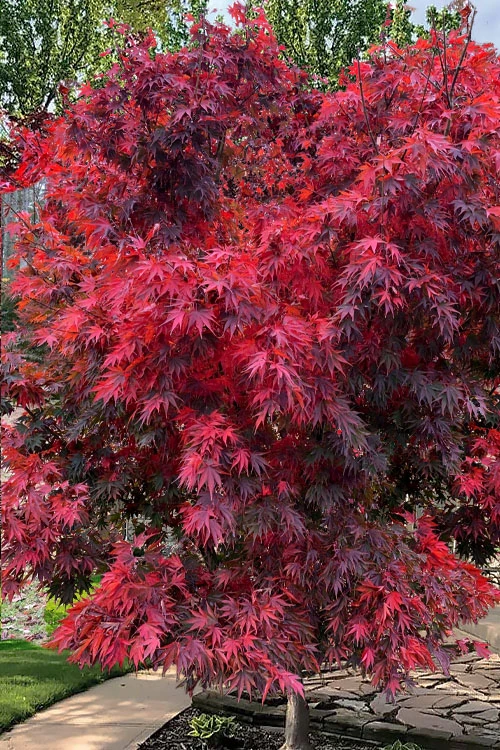
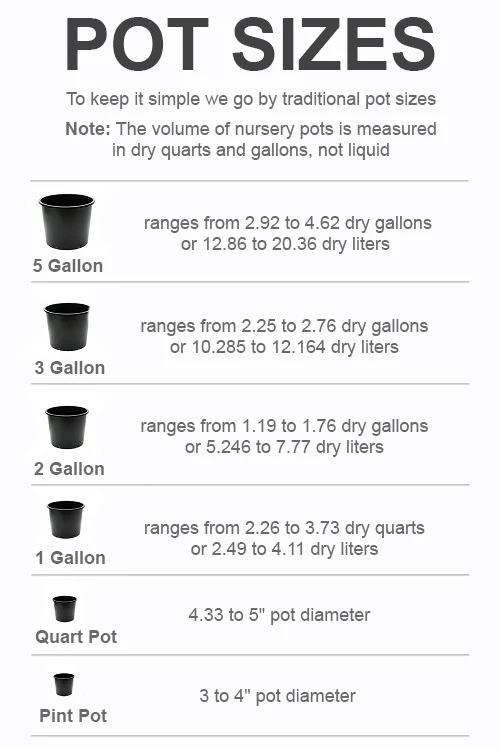
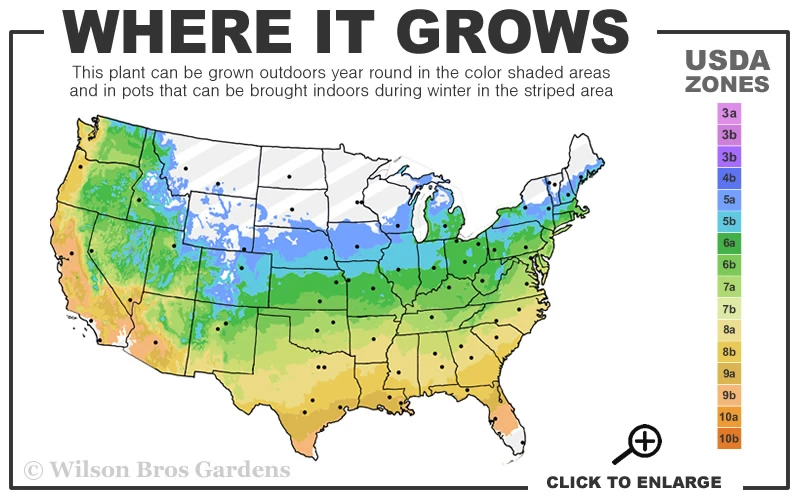

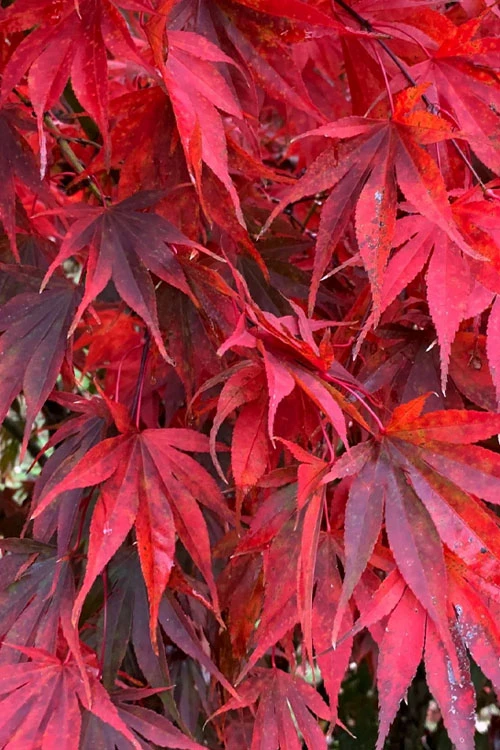

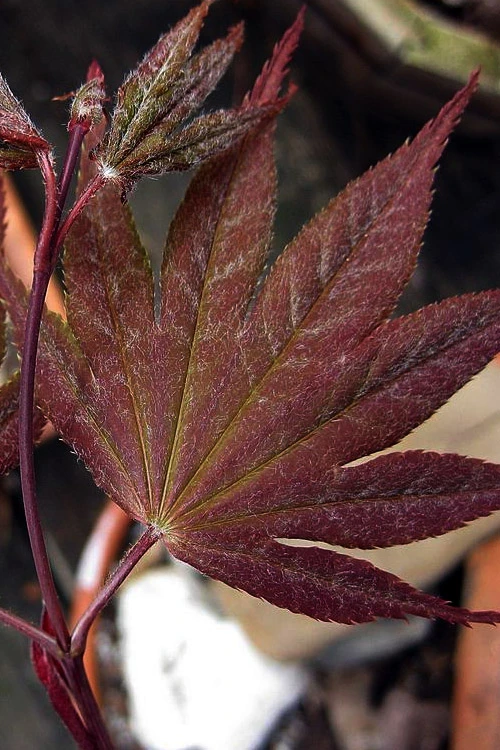

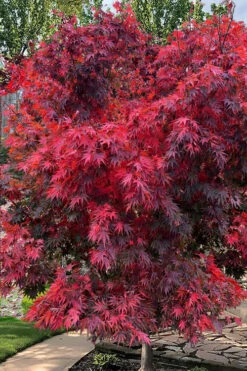

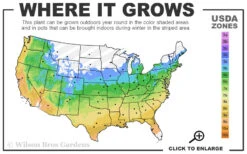
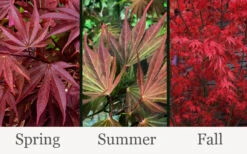



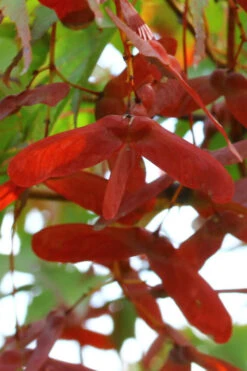

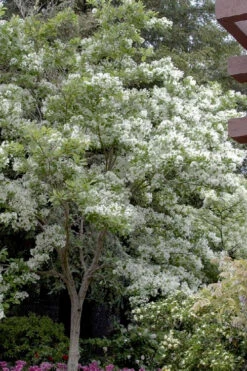
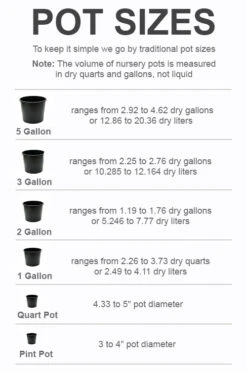
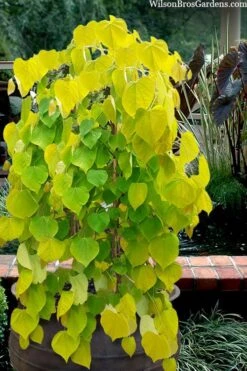
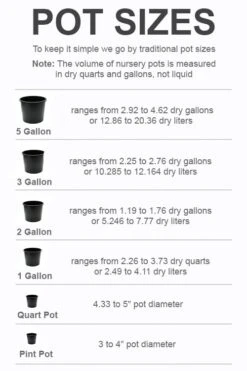

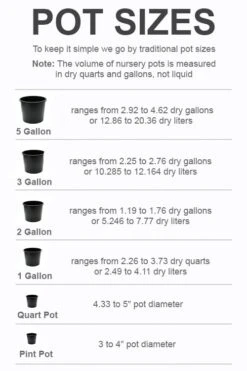

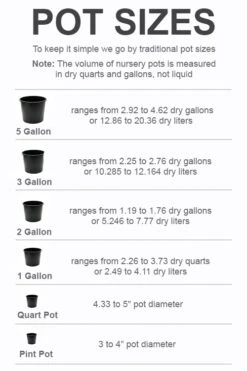
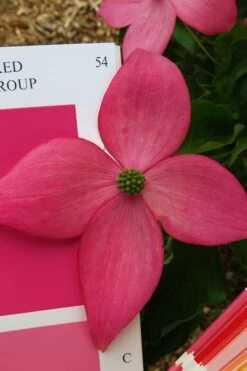
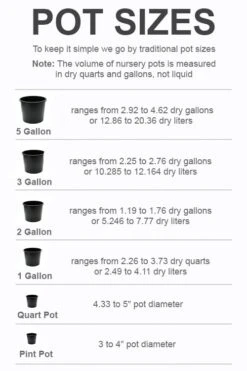
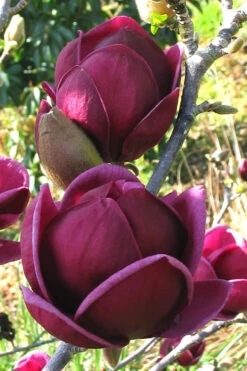

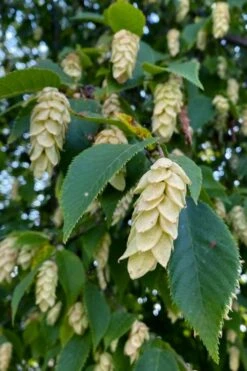


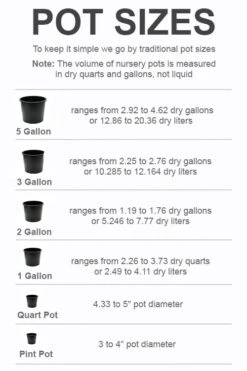
Reviews
There are no reviews yet.